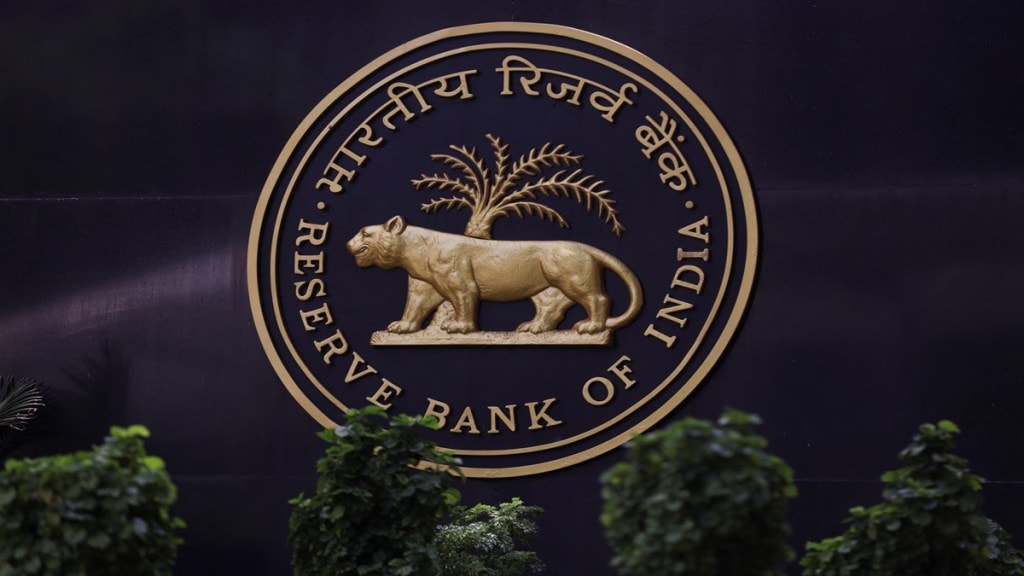The Reserve Bank of India’s 50 bps cut in the cash reserve ratio to 4.25%, implemented in two phases, may not significantly impact liquidity, as outflows from advance tax payments and goods and services tax are expected to maintain tight conditions.
While the first phase of the cut kicked in on Saturday, things are already looking tough, said market participants. Consequently, the call rates and the tri-party repo rate (TREPS) shot up to 6.80%-6.90% on Monday, which is above the marginal standing facility (MSF) of 6.75%. Earlier, they were in a range of 6.30% to 6.50%, that is, they were at or below the repo rate, which is considered to be the comfortable band for the central bank.
Following a sharp rise in overnight rates, the Reserve Bank of India conducted a 14-day variable rate repo auction on Friday and a 4-day VRR auction on Monday. In the auctions, banks borrowed Rs 1.55 lakh crore. Market participants were expecting more VRRs as the outgo from the banking system is greater than the inflows due to outflows pertaining to quarter-end advance tax payments and GST outflows.
Things are expected to get tougher for smaller banks, said interbank call money market traders.
The call traders said that around 1.75 lakh crore is expected to go out as advance tax payments and around 1.8-1.85 lakh crore as GST outflows. “A major chunk of advance tax payments is expected to go out of the banking system today (Monday),” said a call trader with a state-owned bank.
Banking officials said that durable liquidity in the banking system has declined due to the RBI’s continuous intervention in the forex market. The rupee liquidity has been completely drained from the system, and the release of funds is being absorbed to manage the durable liquidity. However, durable liquidity remains in deficit.
“The release of funds was less than Rs 60,000 crore, whereas outflows on account of advance tax payments and GST are around Rs 2.25-2.50 lakh crore. Also, the core problem here is that the durable liquidity is itself strained due to RBI intervention in forex; hardly Rs 40,000-50,000 crore surplus is there. said VRC Reddy, deputy general manager-treasury, Karur Vysya Bank.
If the surplus in the durable liquidity is so low, it is still difficult to address the problem of shortage of funds with banks.
Durable liquidity is a measure of the long-term liquidity needs of the banking system. It is different from frictional liquidity, which refers to short-term changes in banking liquidity.
Additionally, with the introduction of the single nodal account (SNA), the amount of government month-end spending coming to banks has decreased, as the centre, through the SNA with the help of the RBI, can directly disburse funds for centrally sponsored schemes to state governments, bypassing banks. Banking officials said that this has led to tightness in the durable liquidity.
